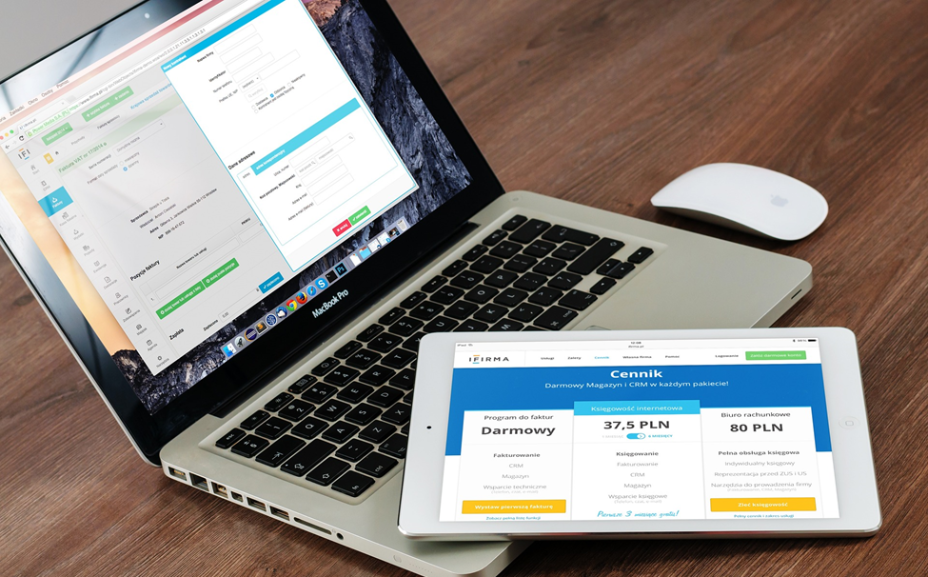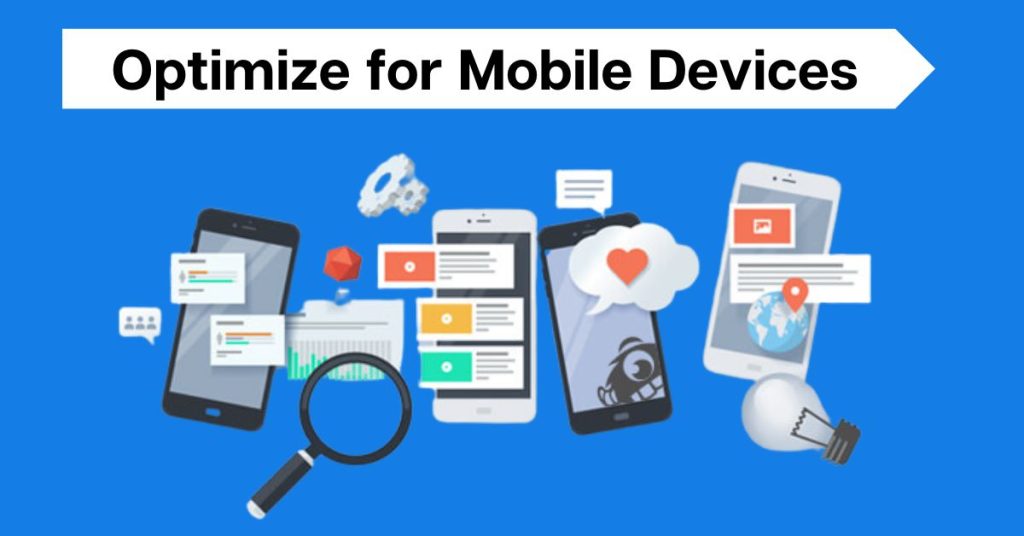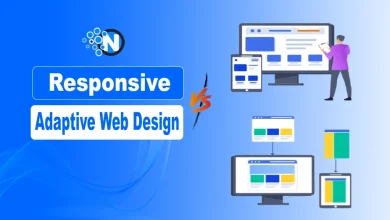How to Optimize Website Navigation for Improved User Experience

In the digital age of today, businesses are increasingly relying on websites to engage with their customers. A website has officially become, more often than not, the first point of contact between a business and its potential customers. Therefore, it is essential to have a website that provides a smooth user experience. Website navigation is a critical component of user experience, and optimizing it can help businesses improve engagement, conversion, and customer satisfaction.
Keep it Simple and Intuitive
The first and most crucial step to optimize website navigation is to keep it simple and intuitive. Users should be able to find what they’re looking for without any hassle. A complicated navigation system can confuse users, causing them to leave the website, and resulting in a high bounce rate. The goal is to make the navigation menu easy to use and understand.
One way to simplify website navigation is to use clear and concise labels. Instead of using industry-specific jargon, use plain language that users can understand. Additionally, keeping the number of menu items to a minimum can help reduce clutter and make navigation more straightforward.
It’s also essential to ensure that the navigation menu is accessible from all pages on the website. Freelance data analysts can help businesses provide important insights to help with developing an intuitive navigation system that works for a specific website. Their industry knowledge is invaluable to truly understand what works best for businesses in their industry, keeping in mind the latest web design trends.
When optimizing website navigation, it’s essential to consider the importance of visual design. The visual design of the navigation system can have a significant impact on how users interact with the website. It’s essential to use consistent visual cues and typography to make navigation more accessible and intuitive.
Using contrasting colors for the navigation menu and labels can help make them stand out and be easier to read. Additionally, using visual hierarchy, such as making important menu items larger or bolded, can help users navigate the website more efficiently. Another crucial aspect of visual design is ensuring that the website is accessible to all users, including those with disabilities.
For example, using descriptive alt text for images can help visually impaired users navigate the website. By focusing on visual design, businesses can create a website that’s not only functional but also aesthetically pleasing and accessible to all users.
Utilize Breadcrumbs
Breadcrumbs are an essential element of website navigation. They provide users with information on their location within the website’s hierarchy, making it easier to navigate back to the homepage or other top-level pages. Breadcrumbs can also help users understand how the different pages on the website are related, improving their overall experience.
When implementing breadcrumbs, it’s essential to ensure that they’re easy to use and not too cluttered. Breadcrumbs should be located at the top of the page and use clear and concise labels. Additionally, businesses should ensure that breadcrumbs are accessible from all pages on the website.
Use Drop-Down Menus with Caution
Drop-down menus can be useful in organizing and categorizing information on a website. However, they can also be problematic if not used correctly. When designing drop-down menus, it’s essential to ensure that they’re easy to use and not too cluttered. One way to make drop-down menus more accessible is to use clear and concise labels for each menu item.
Additionally, keeping the number of sub-menus to a minimum can help reduce clutter and make navigation more straightforward. Another critical consideration when designing drop-down menus is to ensure that they’re accessible to users on mobile devices.
It’s also important to consider the placement of the navigation menu on the website. The placement of the navigation menu can affect user behavior and engagement. Typically, the navigation menu is placed at the top of the website, but businesses can experiment with other placements, such as the side or bottom of the website.
It’s important to consider the website’s content and layout when determining the placement of the navigation menu. For example, if the website has a lot of content, a side navigation menu may work better. It’s also essential to ensure that the navigation menu is visible and easily accessible on all pages of the website. By experimenting with different placements and analyzing user behavior, businesses can create a navigation system that’s optimized for their website and users.
Optimize for Mobile Devices

With more and more users accessing websites on their mobile devices, it’s essential to optimize website navigation for mobile. Mobile devices have smaller screens, making it challenging to display all the navigation items on the screen. Therefore, it’s essential to use a navigation menu that’s optimized for mobile devices.
One way to optimize website navigation for mobile devices is to use a hamburger menu. A hamburger menu is a three-line icon that expands when clicked, revealing the navigation menu. Another way to optimize website navigation for mobile devices is to use a bottom navigation bar. A bottom navigation bar can provide easy access to the most important pages on the website, making navigation more accessible for mobile users.
The Ease of Search
Finally, businesses should consider the importance of search functionality when optimizing website navigation. Search functionality can help users quickly find the information they’re looking for, especially if they’re unsure where to navigate on the website.
It’s important to use a prominent search bar that’s easily accessible on all pages of the website. Additionally, ensuring that the search functionality is optimized, such as using autocomplete and displaying relevant search results, can improve the user experience. By incorporating search functionality into the navigation system, businesses can create a more accessible and efficient website.
Test and Iterate
Optimizing website navigation is an ongoing process that requires continuous testing and iteration. Businesses should regularly analyze website analytics to identify areas that require improvement. For example, if a particular page has a high bounce rate, it may indicate that users are having trouble navigating to the information they need.
Businesses can use tools like heat maps and user testing to identify specific pain points in the navigation system. Once businesses have identified areas that need improvement, they should implement changes and track the results. It’s important to continue testing and iterating until the navigation system provides an optimal user experience.
Optimize Your Website

Website navigation is a critical component of user experience, and optimizing your website can help businesses improve engagement, conversion, and customer satisfaction. Keeping it simple and intuitive, utilizing breadcrumbs, using drop-down menus with caution, optimizing for mobile devices, and testing and iterating are essential steps to optimize website navigation.
Freelance web development professionals can provide valuable insights and expertise to help businesses create a navigation system that works for their websites and customers. By focusing on optimizing website navigation, businesses can create a positive user experience that will help them achieve their goals in the digital space.




